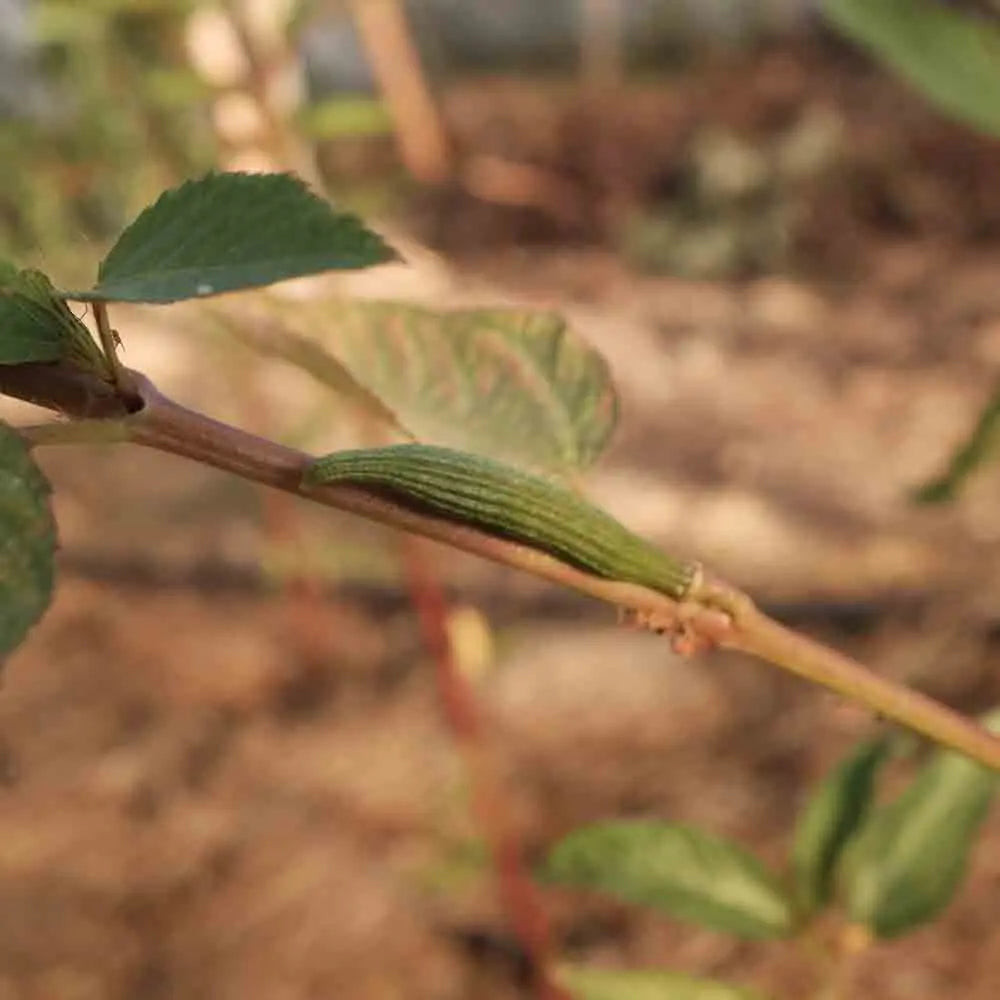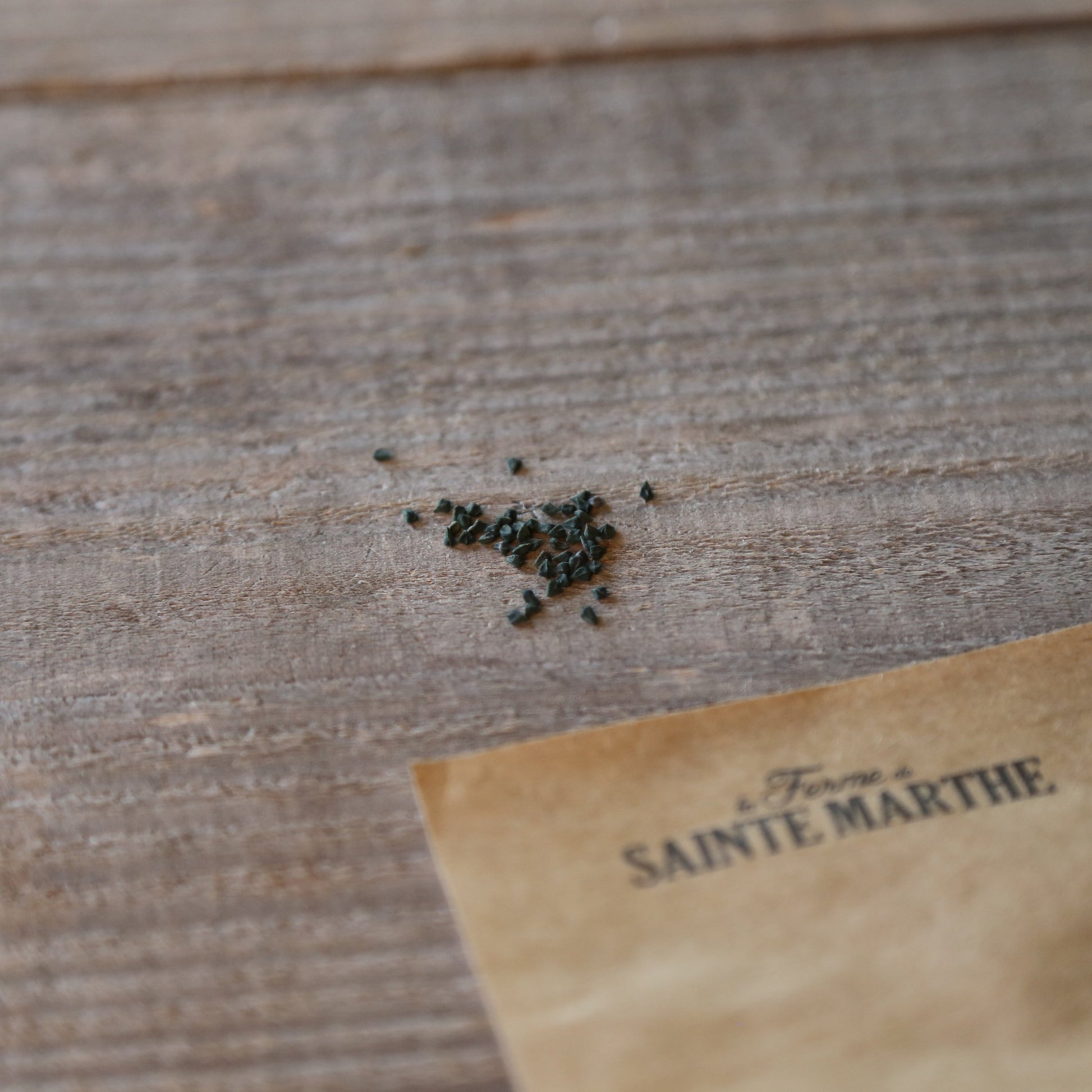CORETE VEGETABLE GARDEN AB
Corchorus olitoirux
The garden scorpion is an annual plant belonging to the Malvaceae or Tiliaceae family whose leaves have a flavor reminiscent of spinach or sorrel. Dried, it can be used to prepare the spice "Meloukhia" which is widely used in Lebanese and Egyptian cuisine, but also in Asia and tropical Africa, to enhance meat and fish stews and broths. When and how to sow the garden scorpion? The garden scorpion is a tropical plant and will need heat to germinate. Sow the seeds in a warm place between 25 and 35°C indoors on a heating mat from April to May. To improve germination, you can soak the seeds for a few seconds in water at 80°C. Growing the garden scorpion: Plant the plants in June in the ground, spacing them 20 cm apart in all directions. It is also possible to plant the scorpion in 60 cm pots in a mixture of equal parts of potting soil, sand and garden soil. Be careful when watering, the soil must remain fresh. Harvesting the garden coretta Harvest the leaves as needed, generally from July to October. The leaves can be frozen or dried without any problem.









